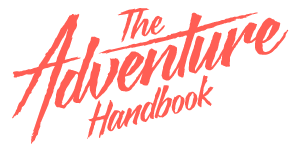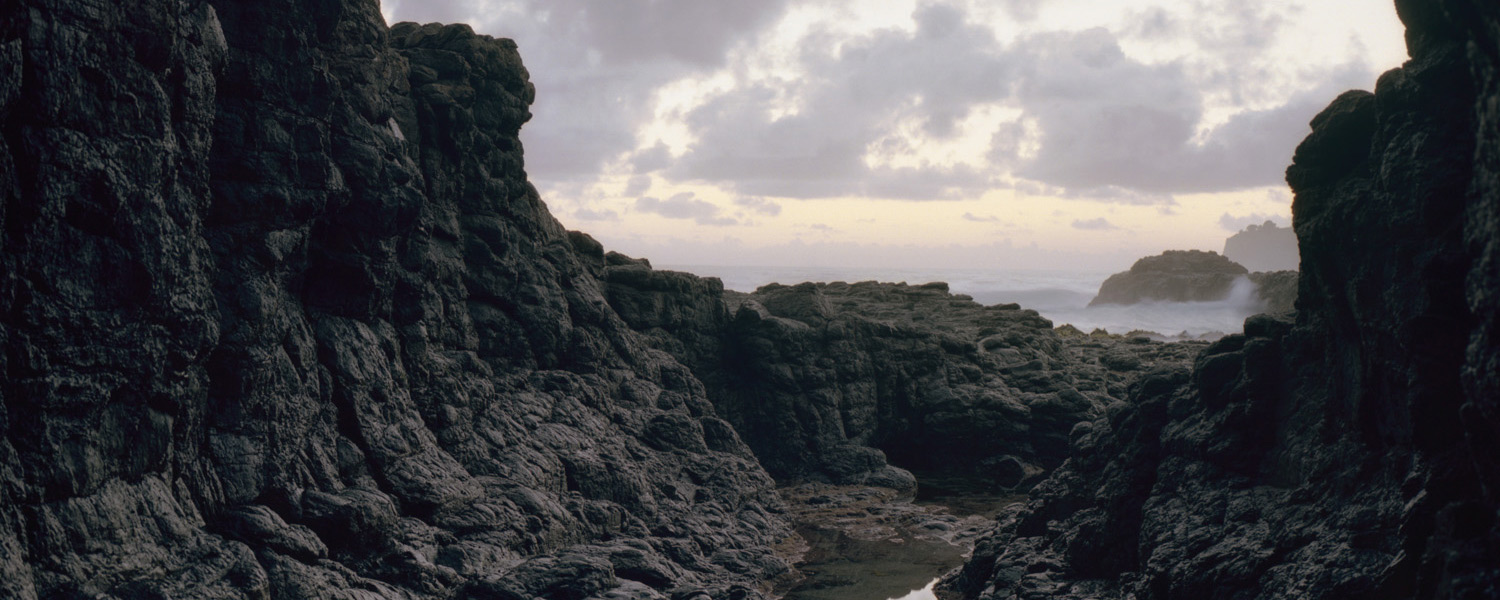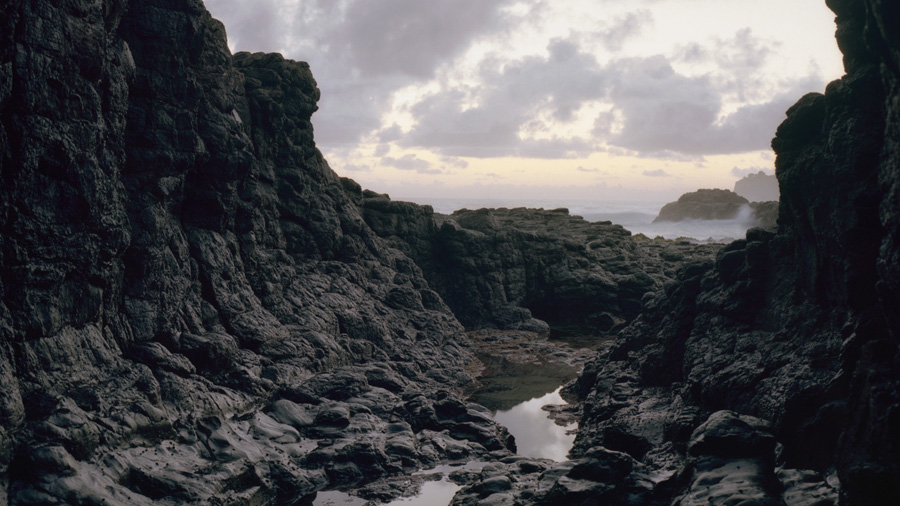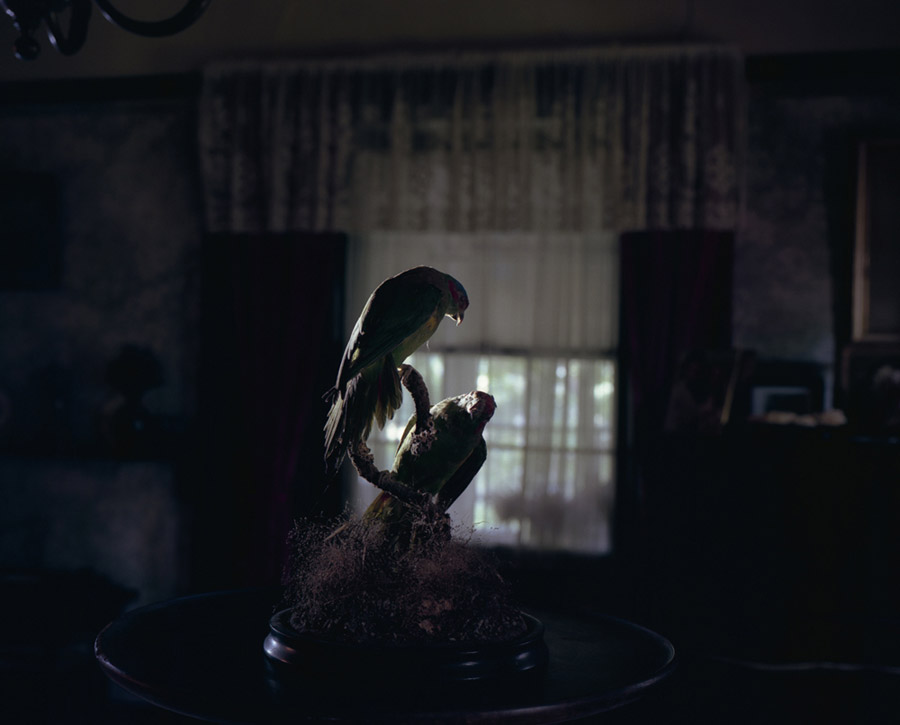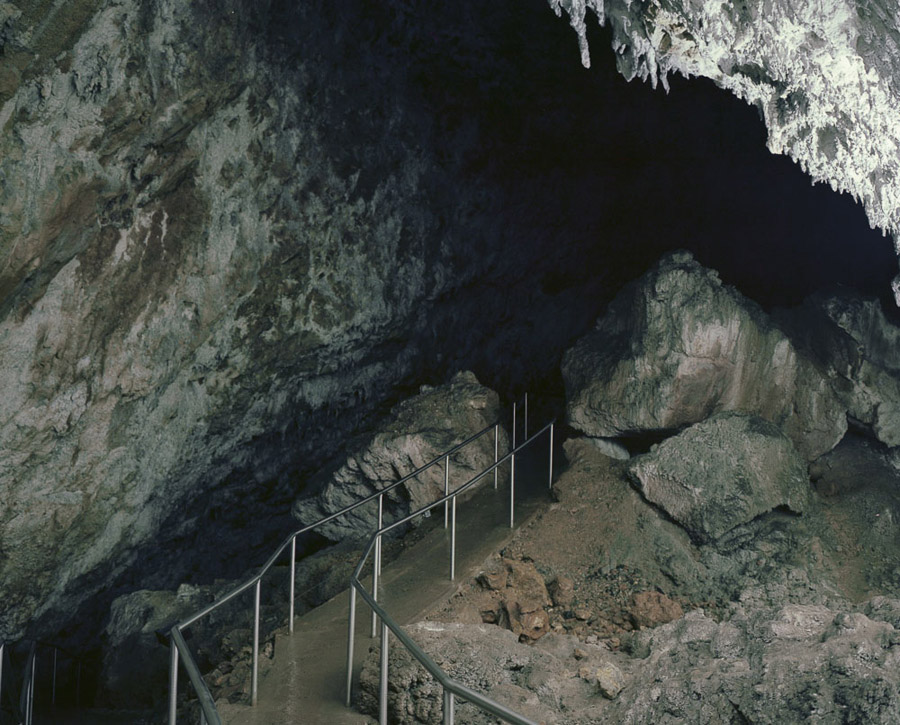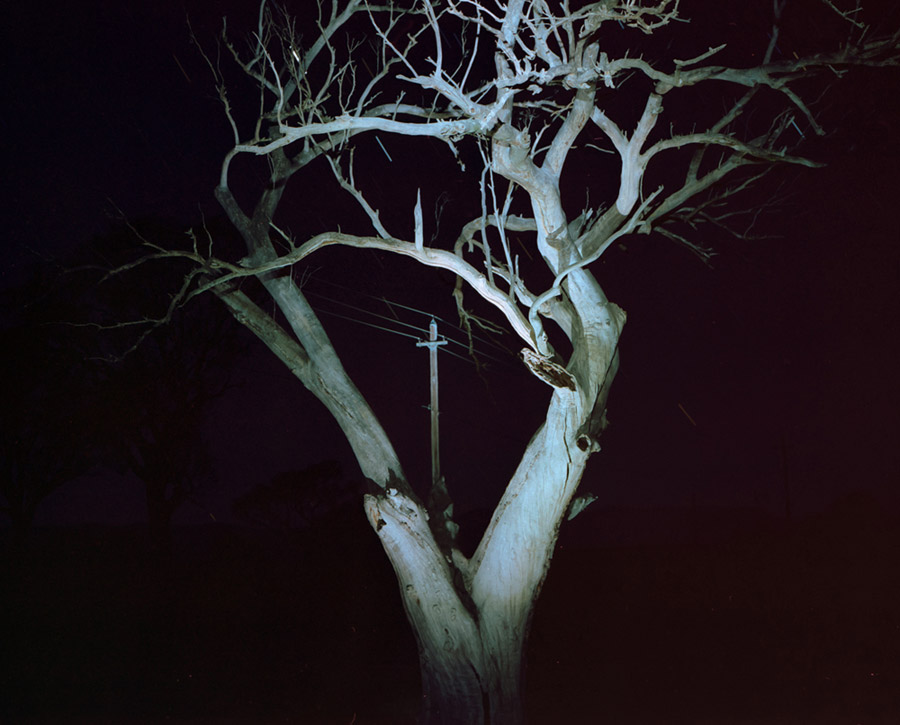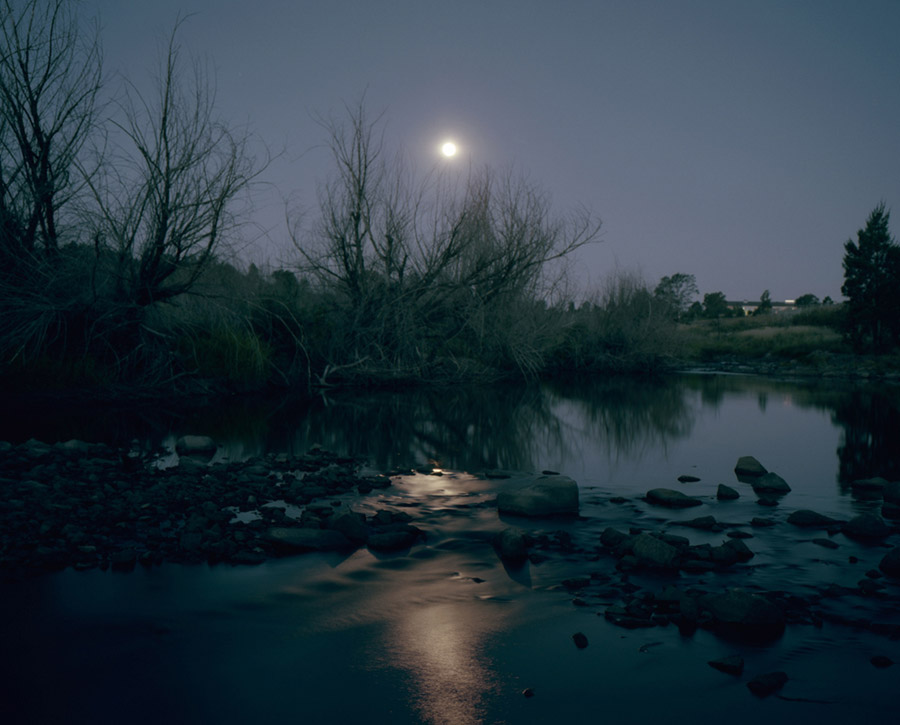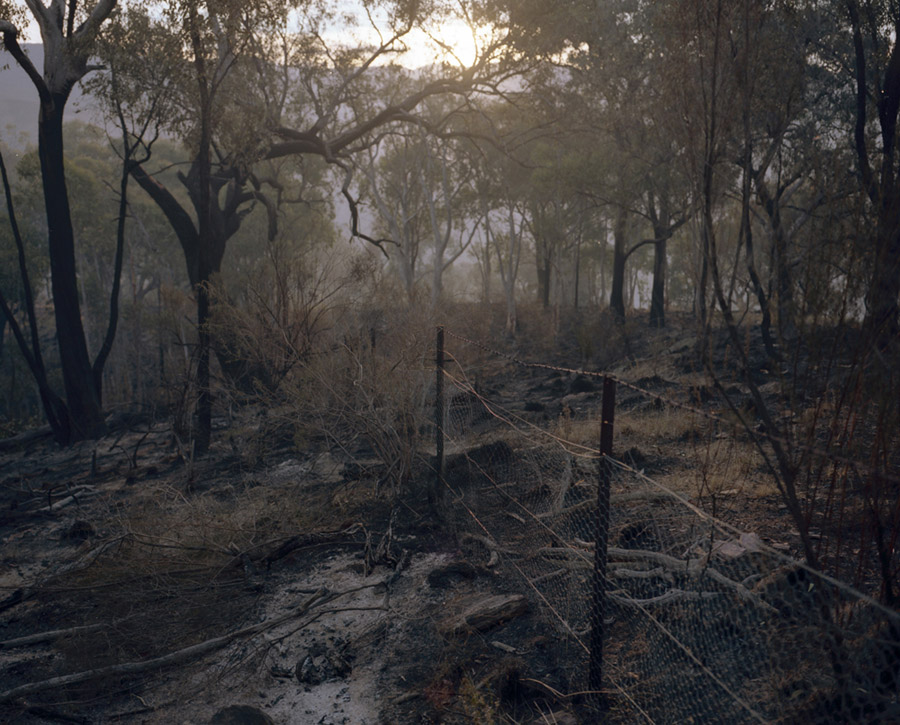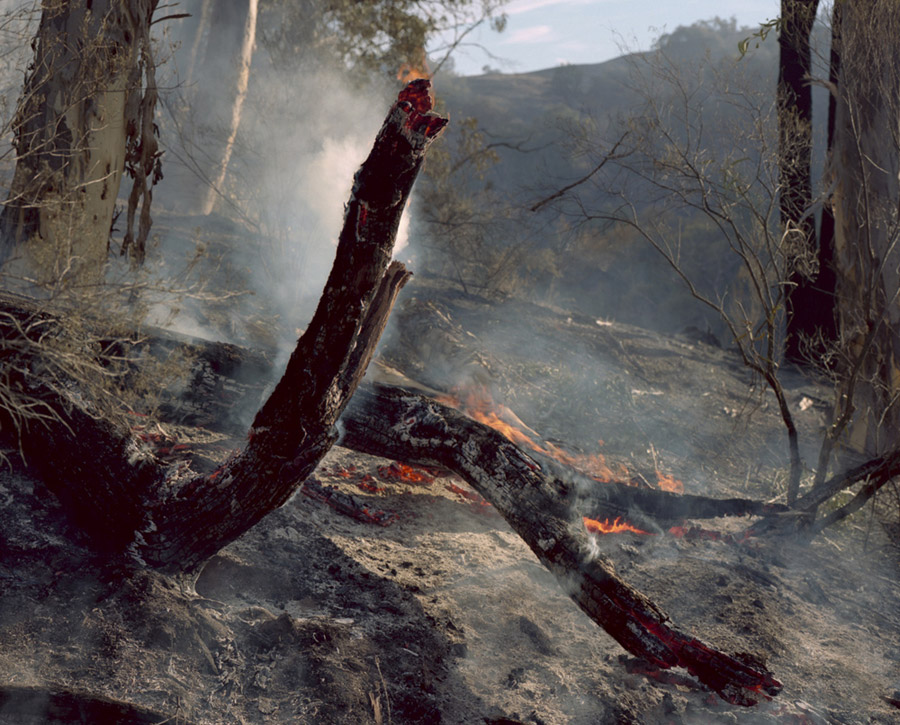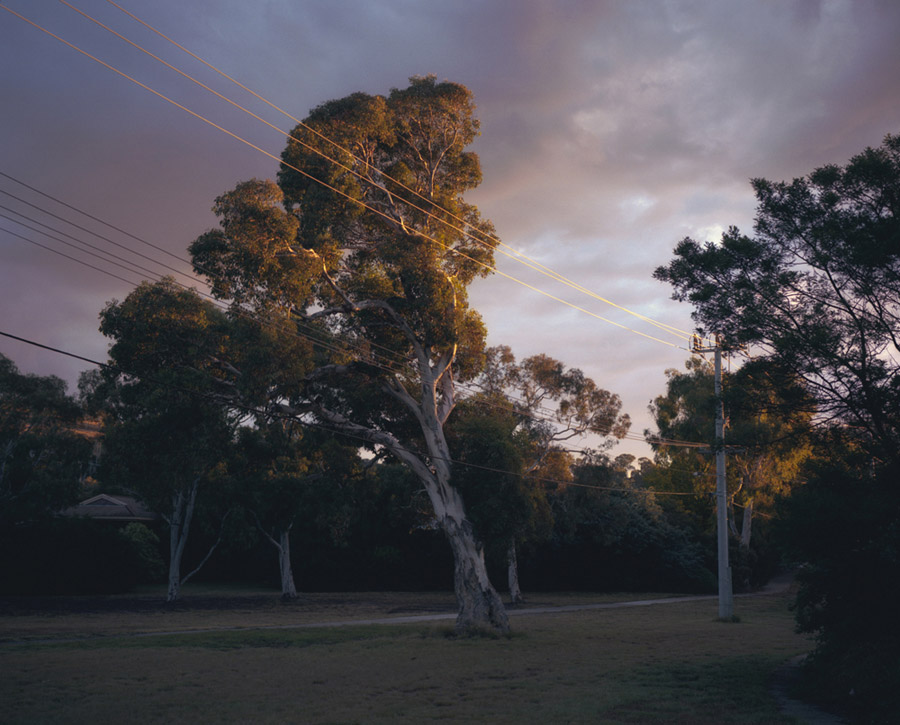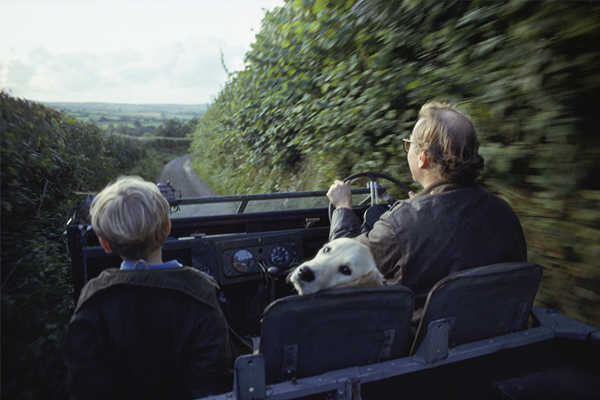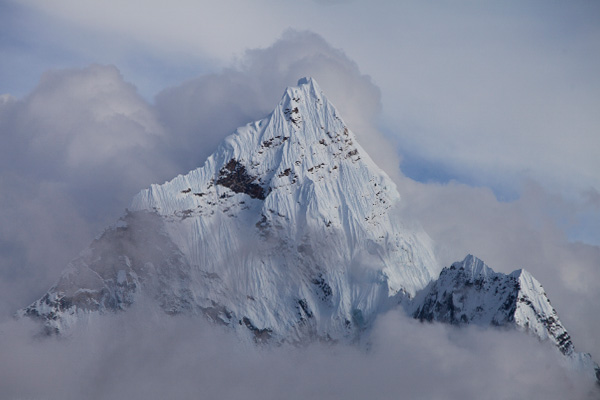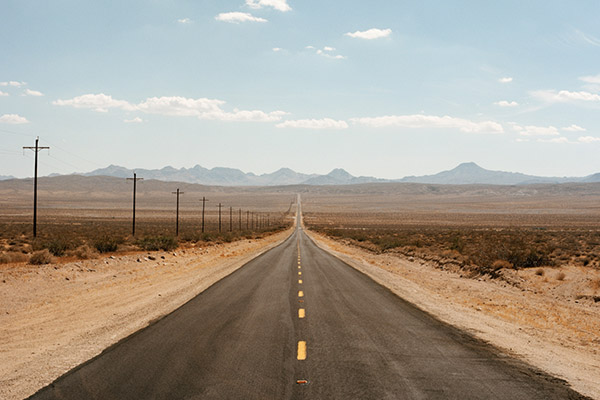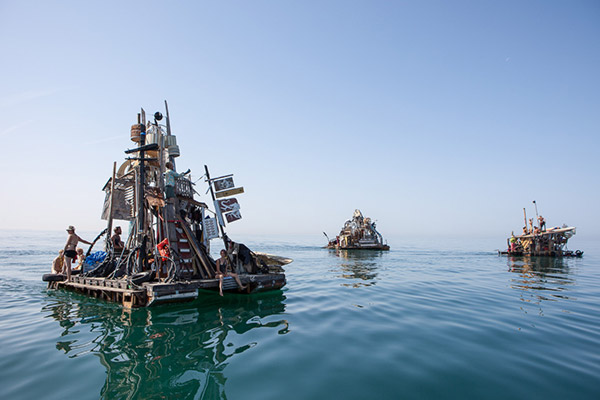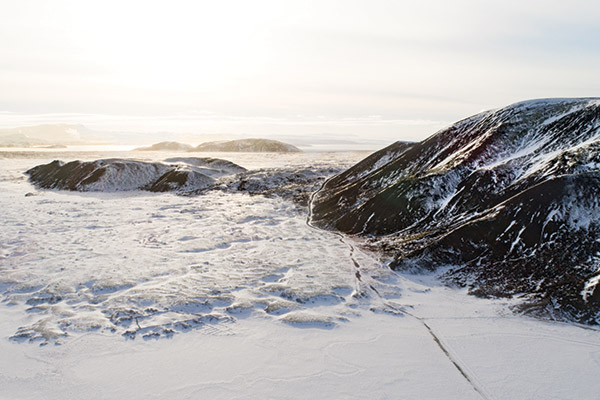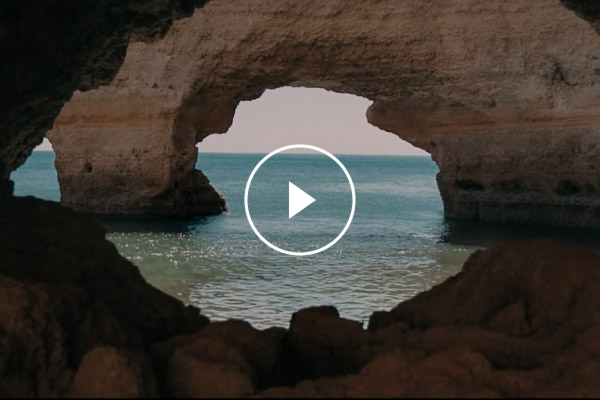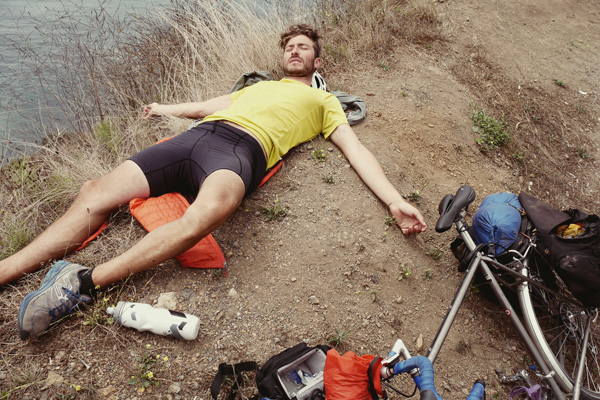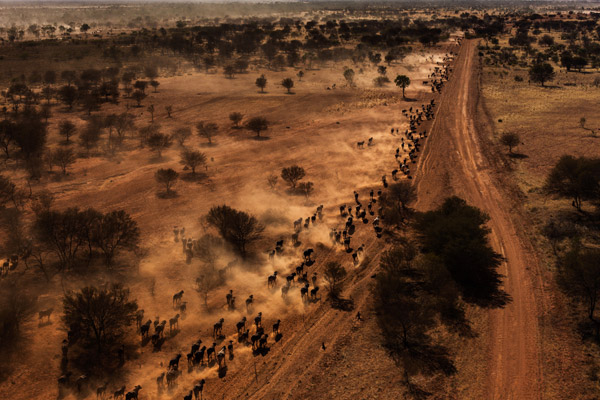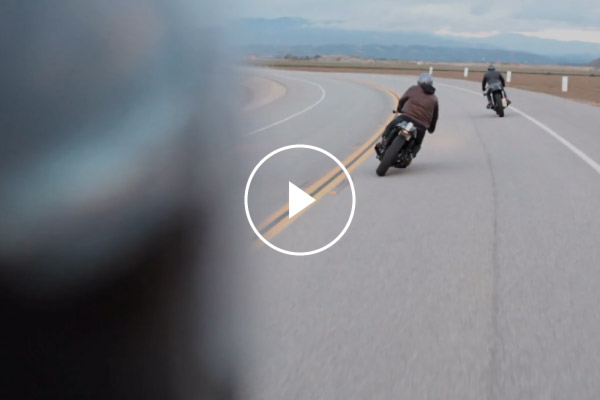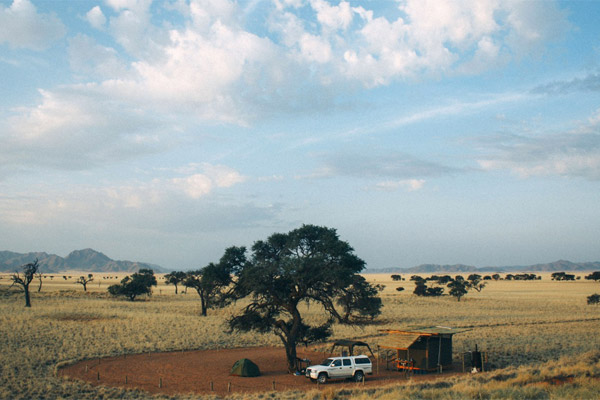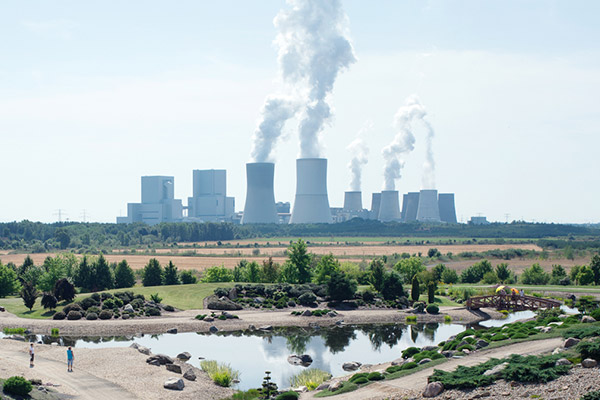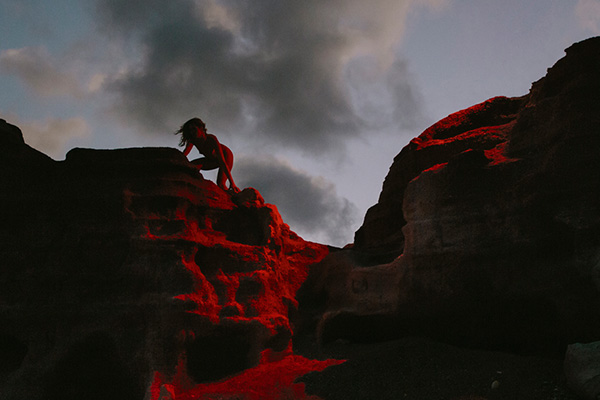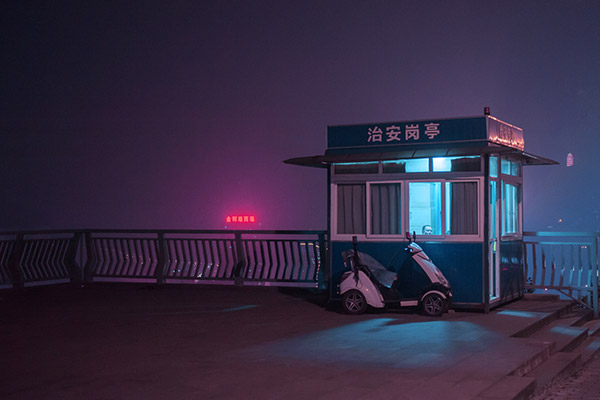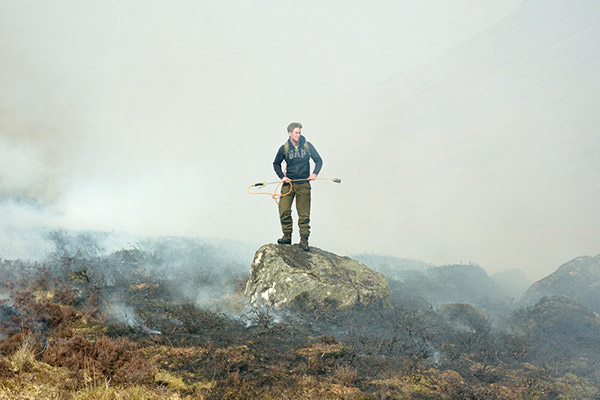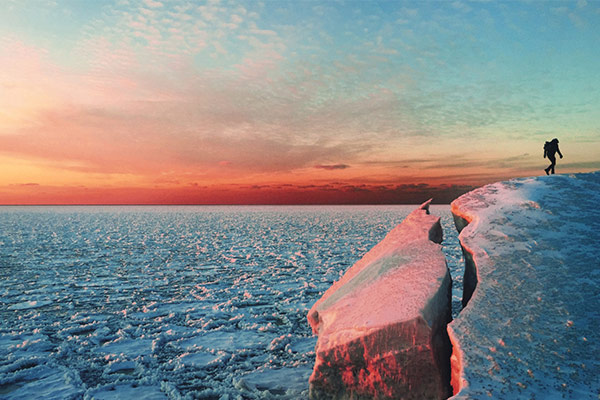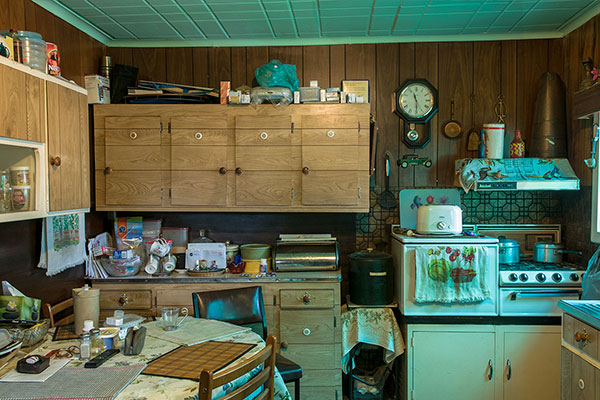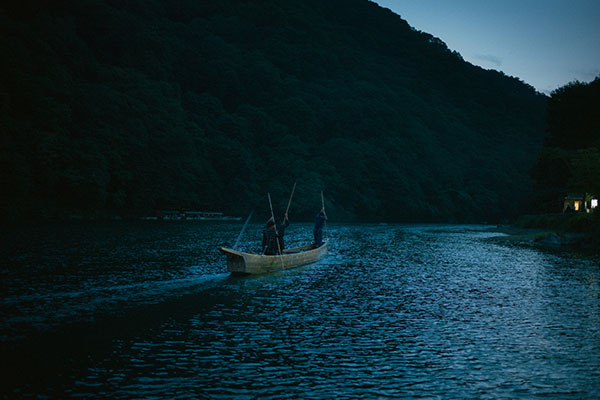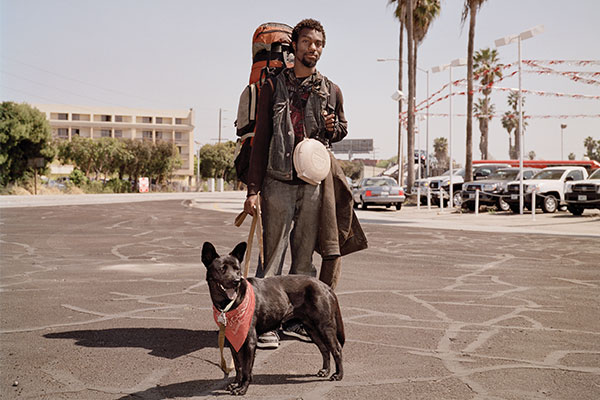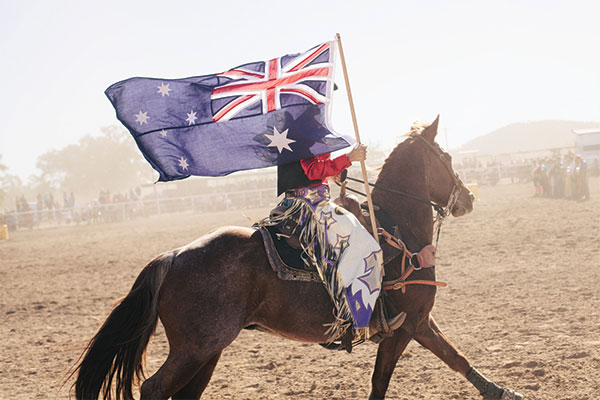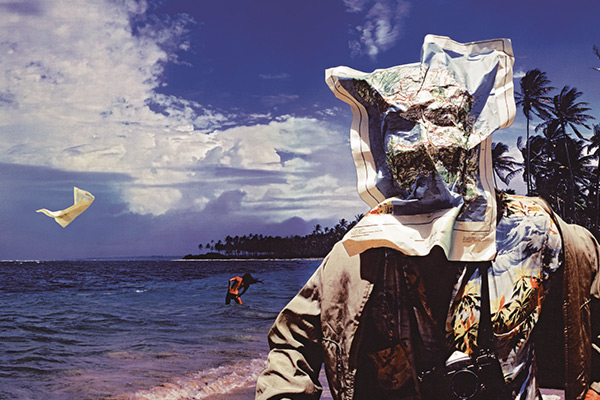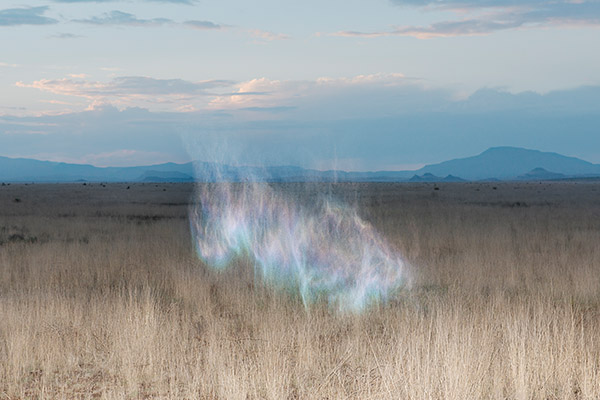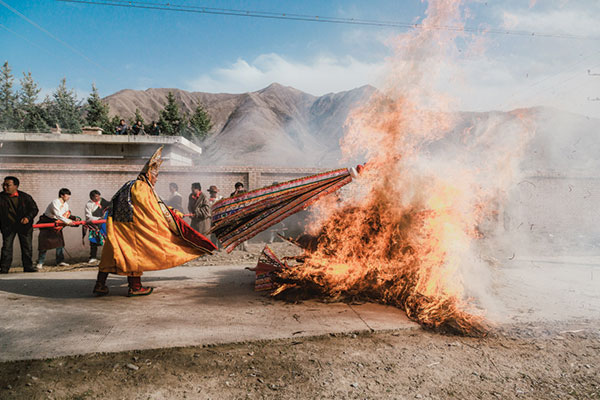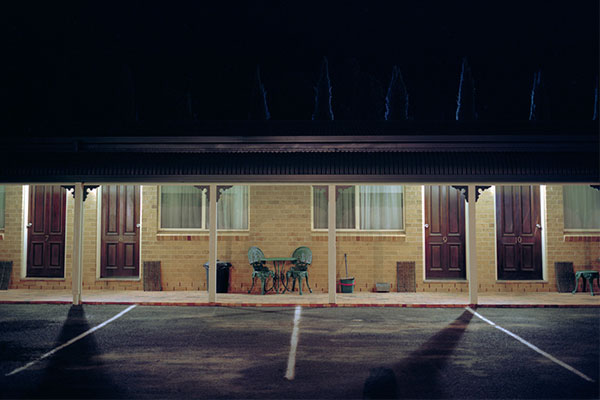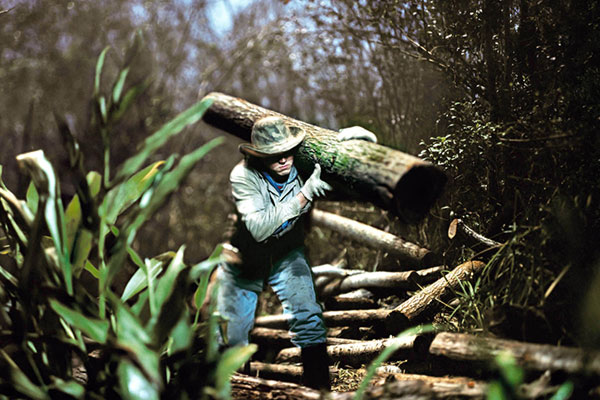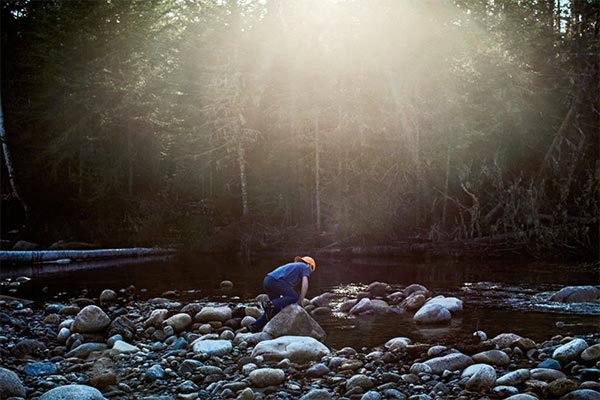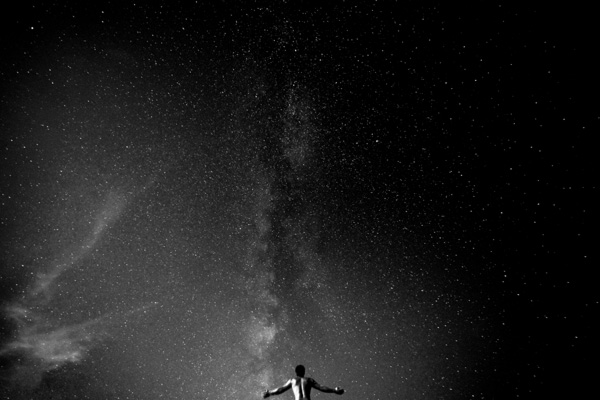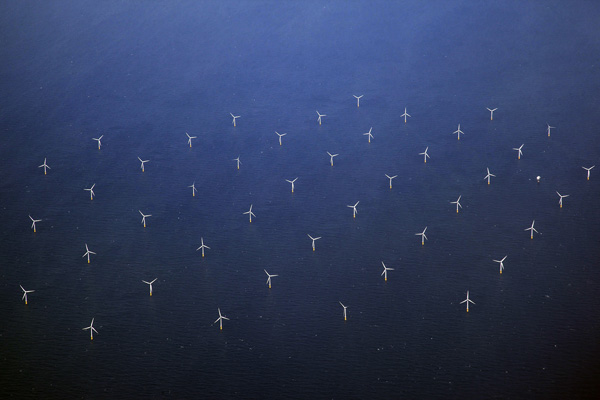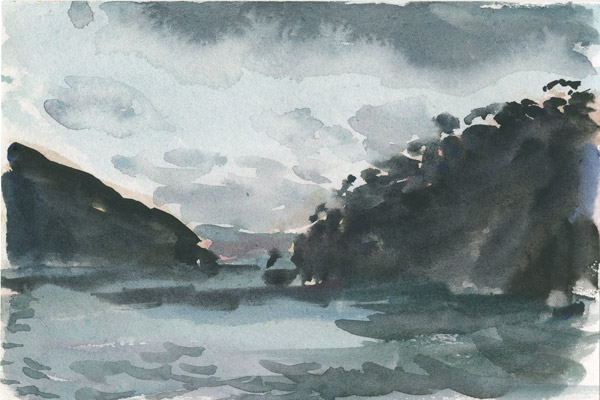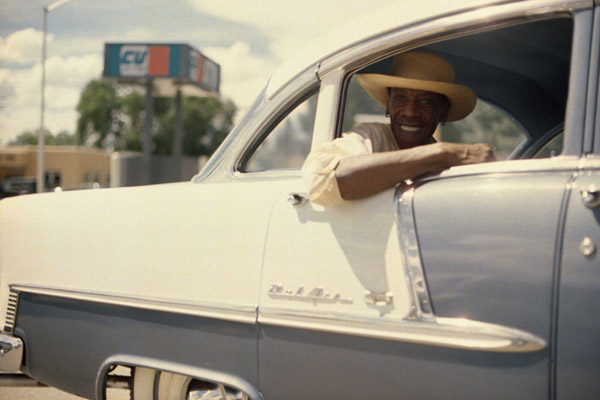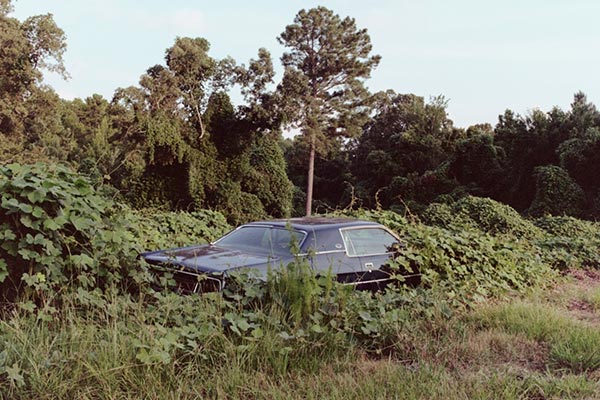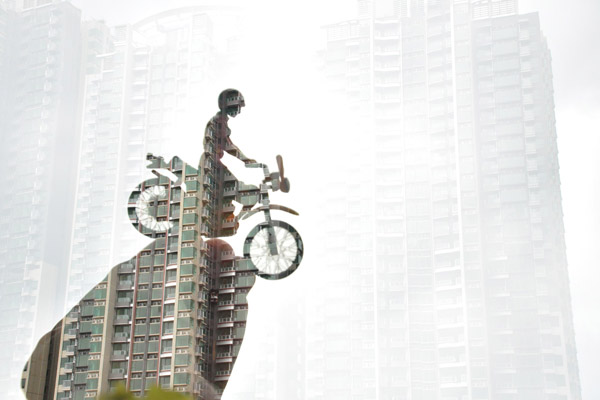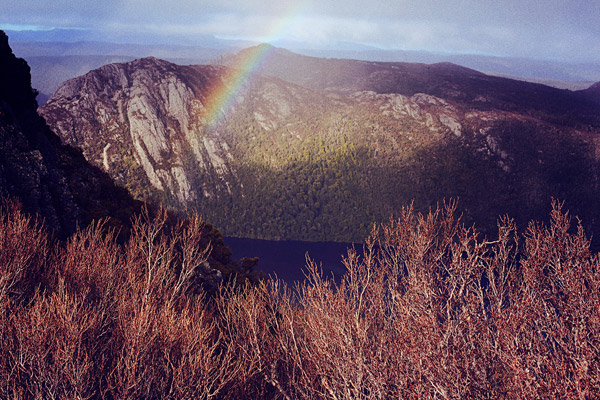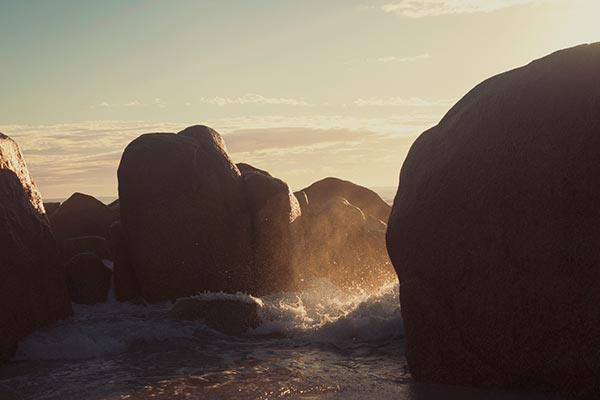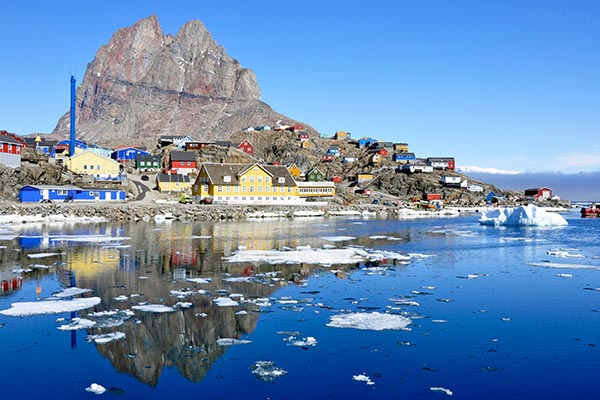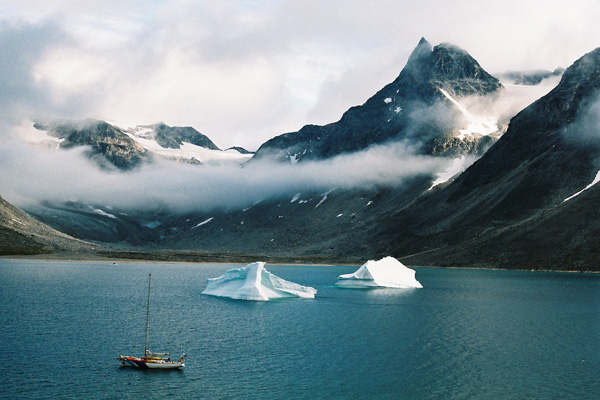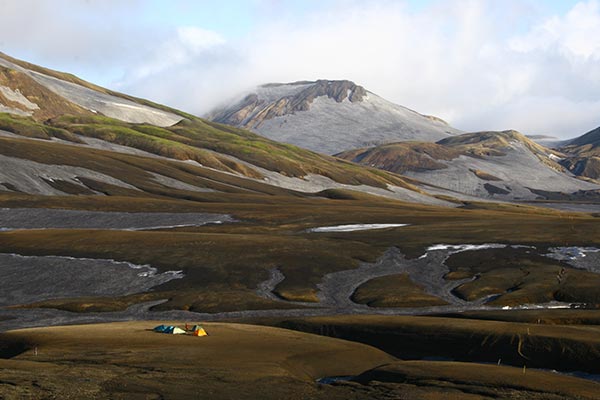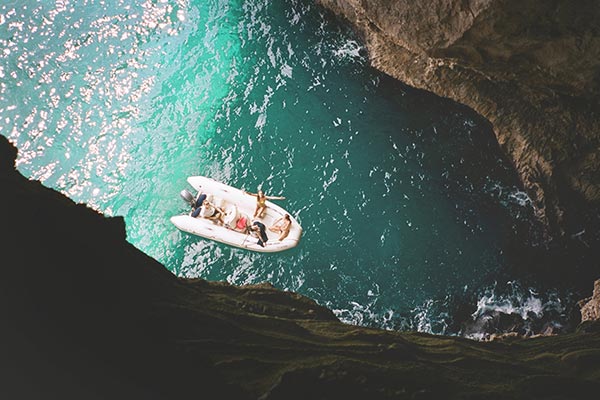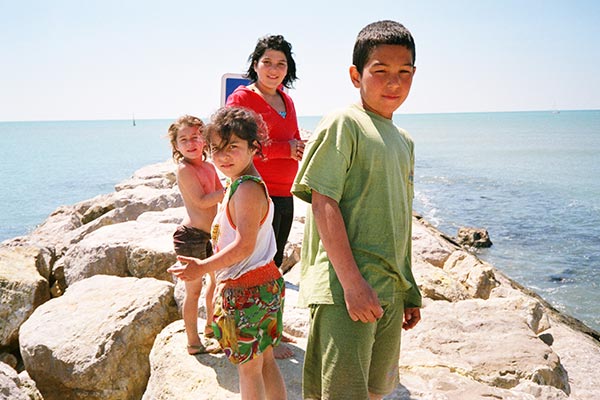AHB:How long have you been in Australia?
Wouter Van de Voorde: Since 2008. I moved here after meeting an Australian girl, Celia, who was studying in Belgium at the time, and everything happened from there. It’s basically a love story.
When we got married in 2007 and I came here for the first time I was like, “Right, why not try to live here?” Migrating is a such huge thing to do in a person’s lifetime. This is definitely one of the most significant stories of my life until now, exodus from the mother land.
This is definitely one of the most significant stories of my life until now, exodus from the mother land.
The first couple of years it was pretty tough to make ends to meet. I was already a visual art teacher in Belgium and moving to Australia I struggled to get my skills recognised. Living in Wollongong finding employment proved to be rather challenging. The steel manufacturing companies in Port Kembla (Wollongong’s industrial centre) had laid off so many people in the past decades so there was lots of competition for low level jobs. Eventually I started working in a boat factory, building catamarans.
It seems like you’ve made it work. How do you like life these days?
I like it a lot. I love every little bit of dirt, shrub and rocky outcrop, I feel absolutely privileged to live here, so lucky.
How come you settled in Canberra?
I moved to here because Celia wanted to study at Canberra University. I was back into teaching within 2 months. I found Canberra to be a much more accepting city of other cultures compared to my experiences in Wollongong.
I love every little bit of dirt, shrub and rocky outcrop, I feel absolutely privileged to live here, so lucky.
The first years in Canberra all my exploration was done by riding my pushbike and on foot. After getting my drivers license roughly 2 years ago, my range vastly increased. I still tend to revisit the same places throughout the seasons. People say this or that about Canberra, but it’s just another place. General consensus is that boring people find Canberra boring.
You do seem drawn to rural landscapes in your work, did you come from that background in Belgium?
Yes, I come from a pretty rural region in Belgium. When I was a child I remember walking through the fields behind my parents house, jumping fences and looking at people’s properties, trying to get a decent understanding of where I was. This urge to explore has remained.
When I was a child I remember walking through the fields behind my parents house, jumping fences and looking at people’s properties, trying to get a decent understanding of where I was. This urge to explore has remained.
Do people get in the way of you capturing that? Your landscape works are often uninhabited, the series at Broken Hill are all empty suburban streets. It’s quite moody.
No, not really. There are actually quite a few people in my shots, they’re usually pretty small in the totality of the frame. It’s not by choice, if I’m not traveling with someone, I’m alone in these places.
The trip to Broken Hill was largely a psychological journey. It was the first long drive I’d done by myself, I had never done anything like that until then – just me and my car. I didn’t end up taking many photos, it’s just me trying to get to Broken Hill, just driving for hours on end.
I don’t really make a distinction between landscapes or portraits, sometimes I just shy away from people.
You were previously a painter, then moved to photography. Have aspects of the aesthetic lingered?
Absolutely. I still paint occasionally, it actually never felt like I changed my medium. In Belgium I used to walk around with my easel and set up in some abandoned factory or go stand at a railway station at night and just paint there. While being a plein air painter I was looking for the similar subjects as I am now.
With painters like Magritte, Belgium has a very strong history in surrealism. This kind of surrealism is still a significant influence in my work. To me the physical reality is infinitely more layered than what meets the eye. When I make an image it’s my whole life weighing in to take that photo, even if I’m framing a measly tree standing on an insignificant rock.
There are different reactions to the Australian landscape. Partly because it’s so dry, big and empty. For some that is beauty, others lonely. How do you see it?
I’m a bit obsessed with that movie Wake in Fright. The main character in that movie is, just like me, a teacher who migrated to Australia. He ends up in an outback town surrounded by desert. A few characters he meets in the town are like: “Don’t you love it here?” “Look at this place!” and surrounding the town (actually Broken Hill) there’s nothing, for 500km there’s just nothing but dust and some shrubs and that’s it.
I don’t think I could move back to Europe, I’m just so used to the luxury of having this seemingly infinite space, it has a soothing effect on my mental well-being.
You’ve said you feel like “forever a tourist” in Australia, but you seem to have synthesised your life and perspective here. Did you achieve this through photography?
To me, having a really dense knowledge of where you are that is belonging. Through photography, I’m basically just building up an archive.
The perspective of the outsider is not a bad vantage point.
I feel a lot of affinity with Austrian born Eugene Von Guerard, the detail in his paintings is amazing. Lots of early colonial painting has a contrived view of the ‘newly discovered’ continent, depicting the Australian landscape in similar ways to European landscape. This is not the case in Von Guerards’ work, his sense of amazement and awe is almost palpable in his pictures.
I am not actively pursuing making images like a neo-romantic colonial era painter but I often find this is the case, a continuous astonished gaze, wandering through landscapes in a dreamlike state of mind. The perspective of the outsider is not a bad vantage point.
Interview by Emilia at AHB, images by Wouter Van de Voorde
For more from Wouter, check out his coverage of the 2011 Wasteland Cup, a desert race in Australia’s Captial
Receive a postcard from us sign up

